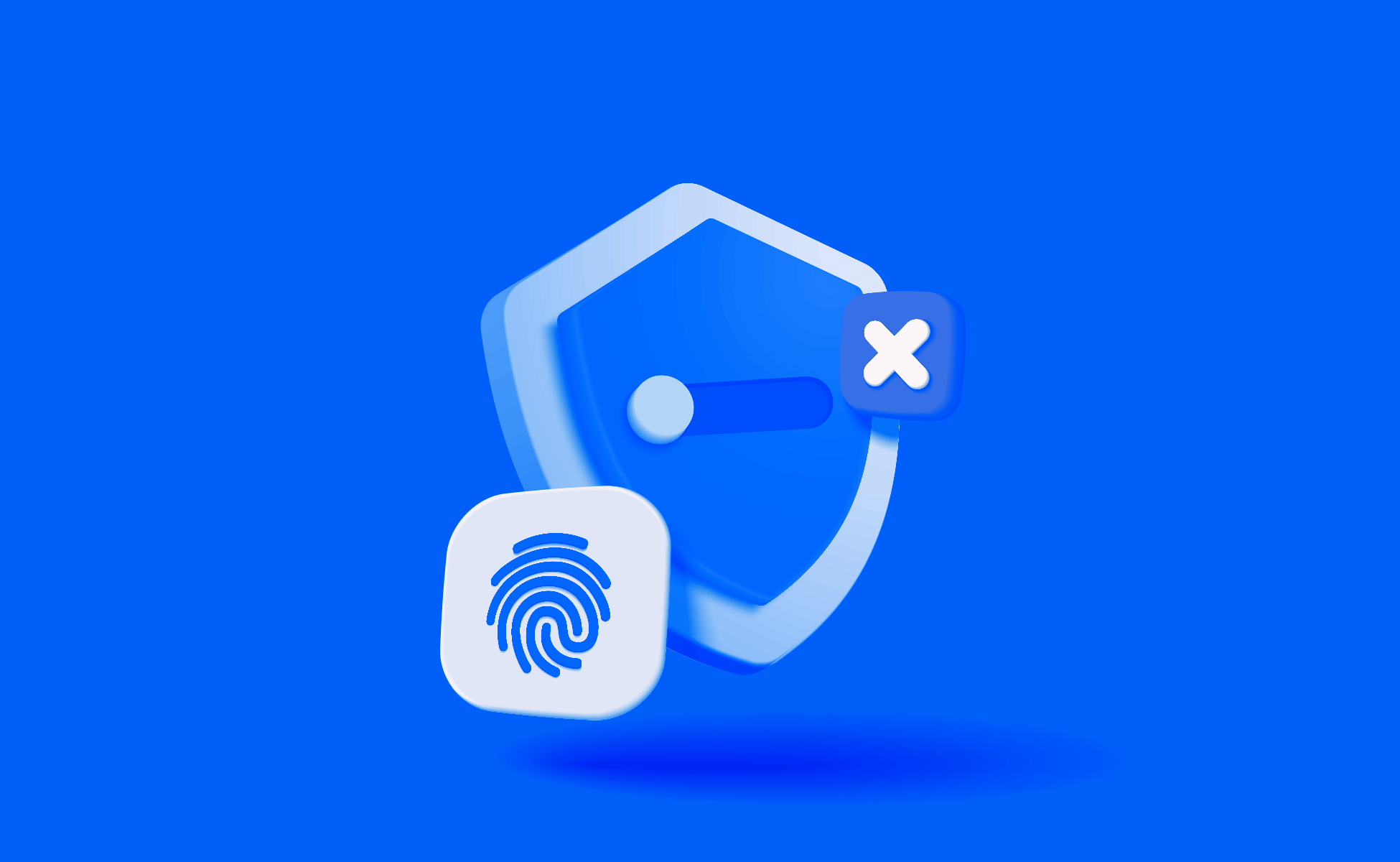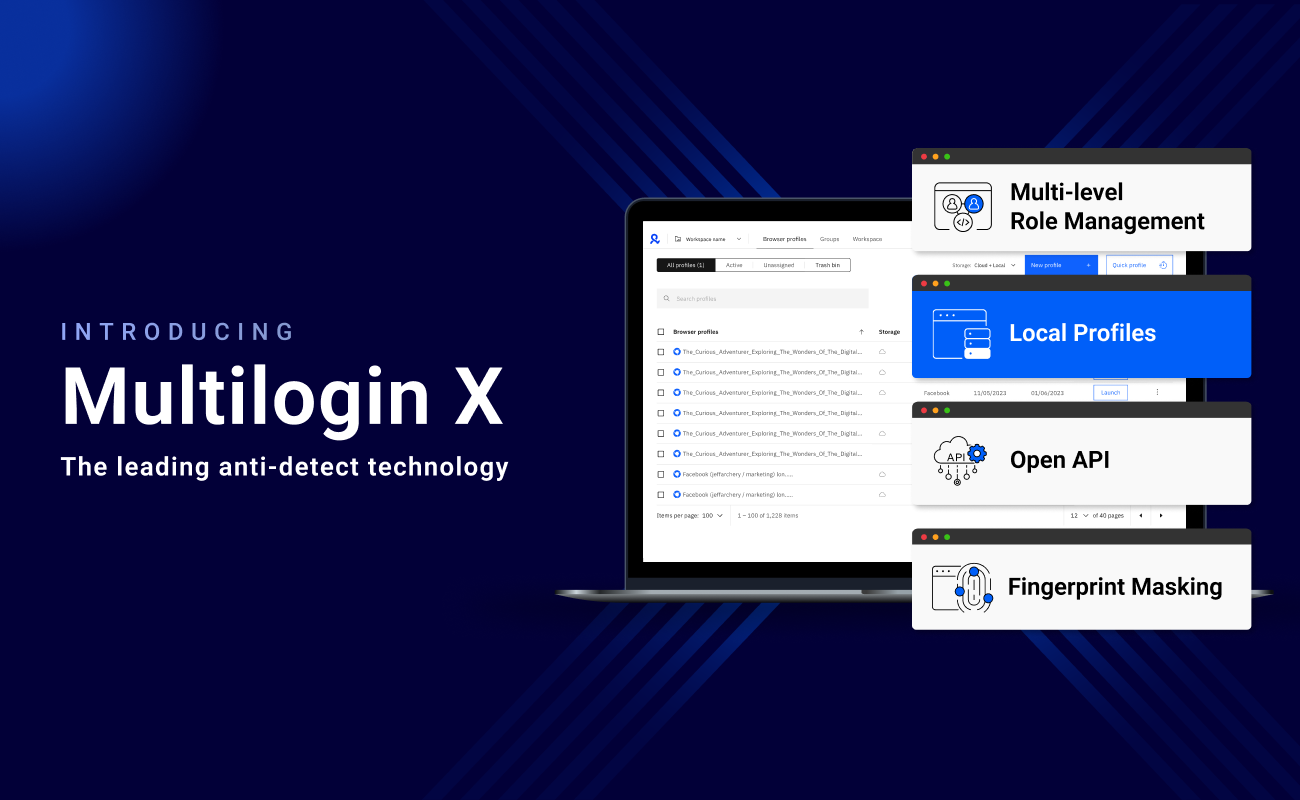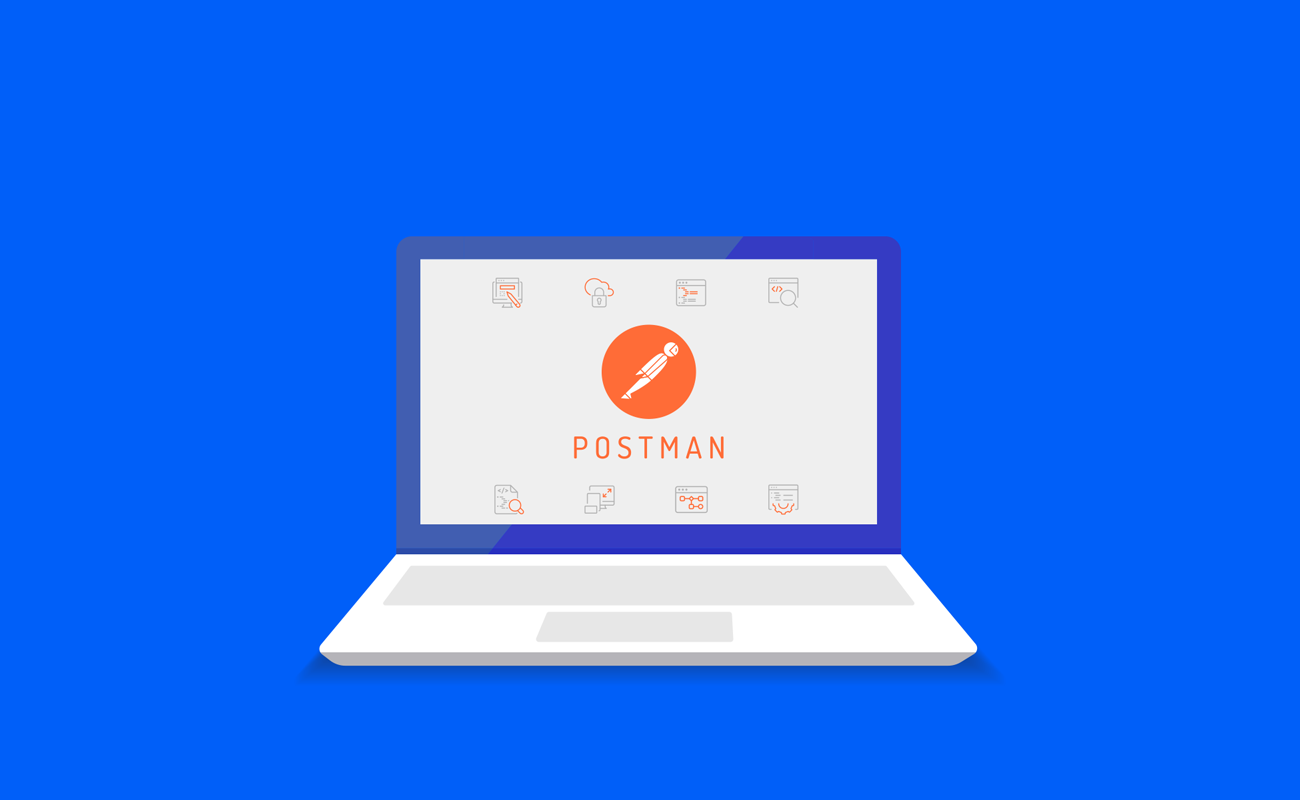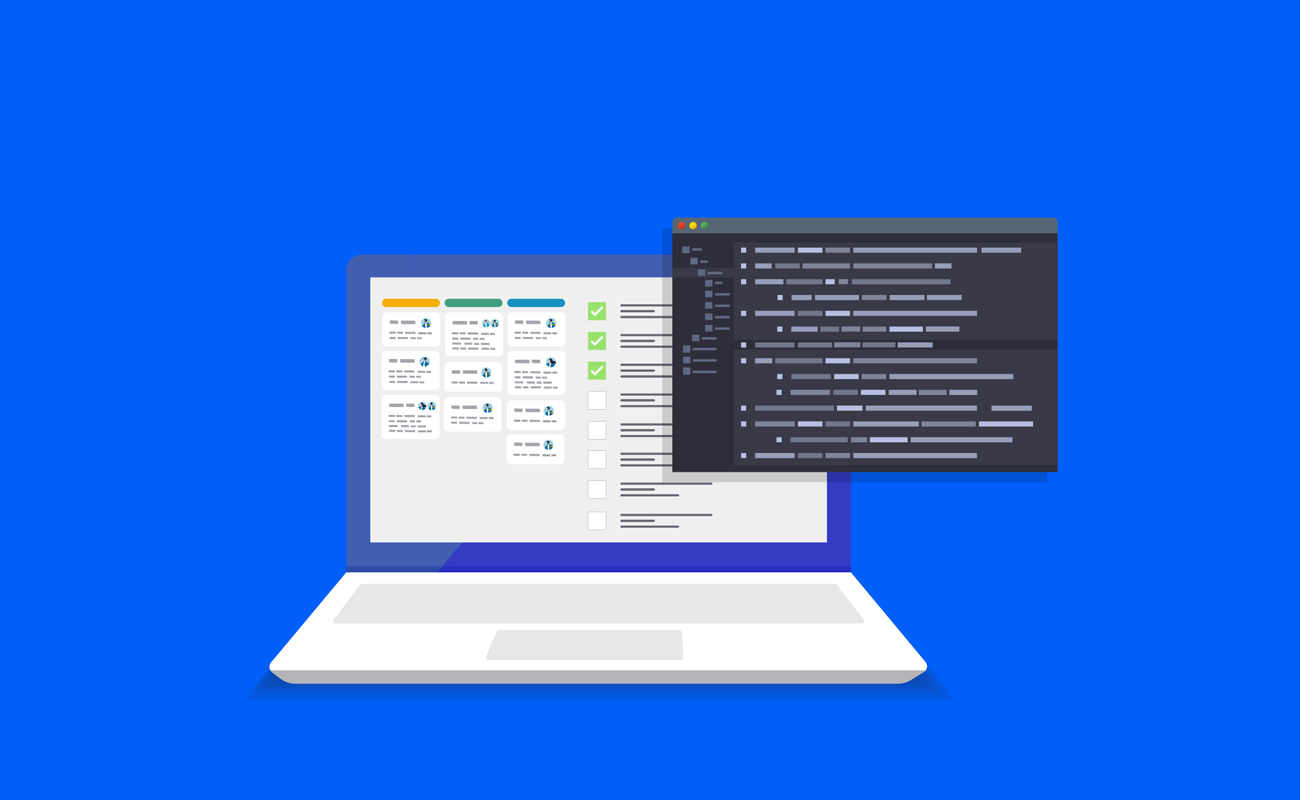
High-ticket affiliate marketing: diversifying your income
AUGUST 23, 2022 | USE CASES
How does your affiliate business spread risk? It’s a part of the natural business cycle that some products will rise and some will drop in sales volume, and many affiliate marketers combat that by spreading themselves across multiple verticals. This is a good step to take, but not the only one. Think too about diversifying the type of sale you’re going for – and this is where high-ticket affiliate marketing comes in.
What is high-ticket affiliate marketing?
High-ticket affiliate marketing refers to promoting products that go for a high value but are likely to make fewer sales. Generally the lowest cut-off point would be a product where you earn a commission of at least $500 per sale.
High-ticket affiliate marketing refers to promoting products that go for a high value, with a commission of at least $500 per sale.
With the majority of affiliates aiming for higher sales volumes – and the majority of advice on how to make money with affiliate marketing doing just that – this can be a surprisingly untapped area to look into.
The thinking behind it is that the further you vary your portfolio, the better placed you are to ride out any storms. And with talk of a global economic crisis looming, future-proofing your business is an important strategy. By changing up both the types of sectors you’re in – perhaps in nutrition and also in apparel – but also changing up the types of offers and traffic you’re going after, you help to keep your eggs in as many metaphorical baskets as possible. If the lower end of the market sees a drop in spending, you will have already built up a following in the upper end through high-ticket affiliate programs. If the opposite happens, then the same principle applies.
What are the most common sectors in high-ticket affiliate marketing?
As you might expect, the most common sectors where you see high individual returns are those in either luxury items to consumers or high-value services to businesses. They include:
Jewelry and watches
Electronic devices
Software (especially software subscriptions)
Marketing and business process platforms
Commission on high-ticket affiliate programs can come in two ways.
Firstly, you have the classic flat-fee model, by which you earn a set fee or percentage of a one-off sale value. In high-ticket affiliate marketing, it’s very common to be able to earn $1,000-2,000 per single sale. Some programs, however, can reach extraordinarily high percentages (usually reflective of the difficulty in getting someone to sign up). Shopify, for instance, offers a whopping 200% ‘bounty’ for any merchant whom you refer and then signs up and uses the platform for at least two months.
Secondly, you have the commission-based model, which you sometimes see implemented in subscription tech services. Take Hubspot as an example: they have an option whereby you can earn around 15% in monthly commission for the first year of a buyer’s active account.
How do you drive traffic in high-ticket affiliate programs?
The biggest difference with low-ticket affiliate marketing is that you are likely going to spend longer nurturing your leads that you generate. Someone may make an impulse purchase on $60’s worth of clothing, but they’re unlikely to spend $6,000 of their company’s budget on software on a whim.
This means that you need to heavily focus your efforts on establishing yourself as an expert in the domain, and you need to be producing regular, genuinely useful content that keeps them returning. Capturing contact details – generally email addresses – through offering opt-in valuable collateral is also a powerful way of establishing communication lines.
Only once you have won over their trust and demonstrated that you understand their needs and challenges – and can show how the product you are marketing will meet those needs – should you expect a sale.
How do you safely run high-value affiliate marketing?
If you’re running multiple types of offers – some low ticket, some high – it’s imperative to keep them separated. This is where many affiliate marketers use Multilogin: through our virtual browser profiles, you can run multiple business and ad accounts, each one of which appears as if it comes from a genuine, native device – protecting against bans and allowing you to safeguard each separate sub-brand within your affiliate business. To find out more, visit our dedicated affiliate marketing use case page.






